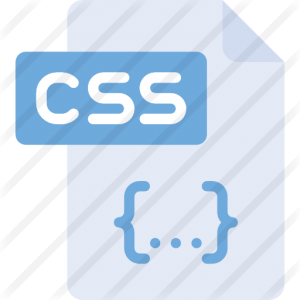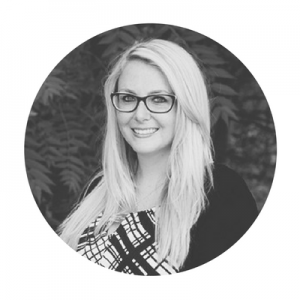Opioid addiction gets an unusually high-design PSA
A new public service campaign takes an unconventional approach to getting people to quit.
A new PSA is taking an unusual approach to helping people recover from opioid addiction. Instead of hiding drugs from sight, the PSA puts the pills front and center.
For the the 855-HOW-TO-QUIT campaign, designers transformed pill imprint codes into phone extensions that people can call to connect with people who’ve recovered from opioid addiction. It’s a bit of graphic design cleverness that, admittedly, not even the designers weren’t confident would end up as the final approach.
Addiction recovery campaigns often focus on cautionary tales, says Pablo Marquez, chief creative officer at Raw Materials, who alongside German ad agency, Serviceplan, designed the campaign. Marquez says those stories are “necessary and useful,” but Raw Materials wanted to approach the problem from a different angle.

They landed on the idea of showcasing 30 of the most common opioid pills as a way to tell 30 different stories about recovery from addiction. The designers crafted each pill from scratch as to not infringe on copyright. Each has a keypad code so callers can directly connect with someone who quit that specific pill.
“The thing was, how do you do this without glorifying the pill?” Marquez says. “We were all critics of the idea at the start . . . [asking ourselves] are we making this feel like a candy shop?”
Flindt Andersen, the founder of PAIN, a Fresno, California-based rehabilitation services nonprofit involved in the campaign, believes the campaign will be effective for those who need it. “There are people out there, they’re going to probably go ‘why are they having the pill front and center,‘’ says Andersen, who has been sober for 24 years. “I think this is a good way to at least get the addict to start placing a phone call, because recovery doesn’t doesn’t begin until that phone call is made.”
The helpline features stories from 30 people talking about how they became addicted and how they quit. Emily, who recovered from an oxycodone addiction, speaks about taking Ibuprofen, vitamins, water, and food to handle withdrawal symptoms. And Juan, who recovered from hydromorphone addiction, speaks about receiving medication-assisted treatment at a clinic where staff “never judged me, they just cared for me,” he says. “It’s very important for us to be able to talk to somebody that understands exactly what we’re going through.”
Nearly 108,000 Americans died of drug overdoses in the U.S. in 2022, according to the CDC, a record, and opioids were involved in about three-fourths of those deaths.
The campaign was a group effort, with creative partners including the Munich-based design studio Kimera, the Los Angeles-based production company JOJX, and DaHouse, an audio production company. Nonprofits We Are Those People and Anzen Health were also involved in the campaign, as were the media agencies Mediaplus and Talon.
.
(4)









